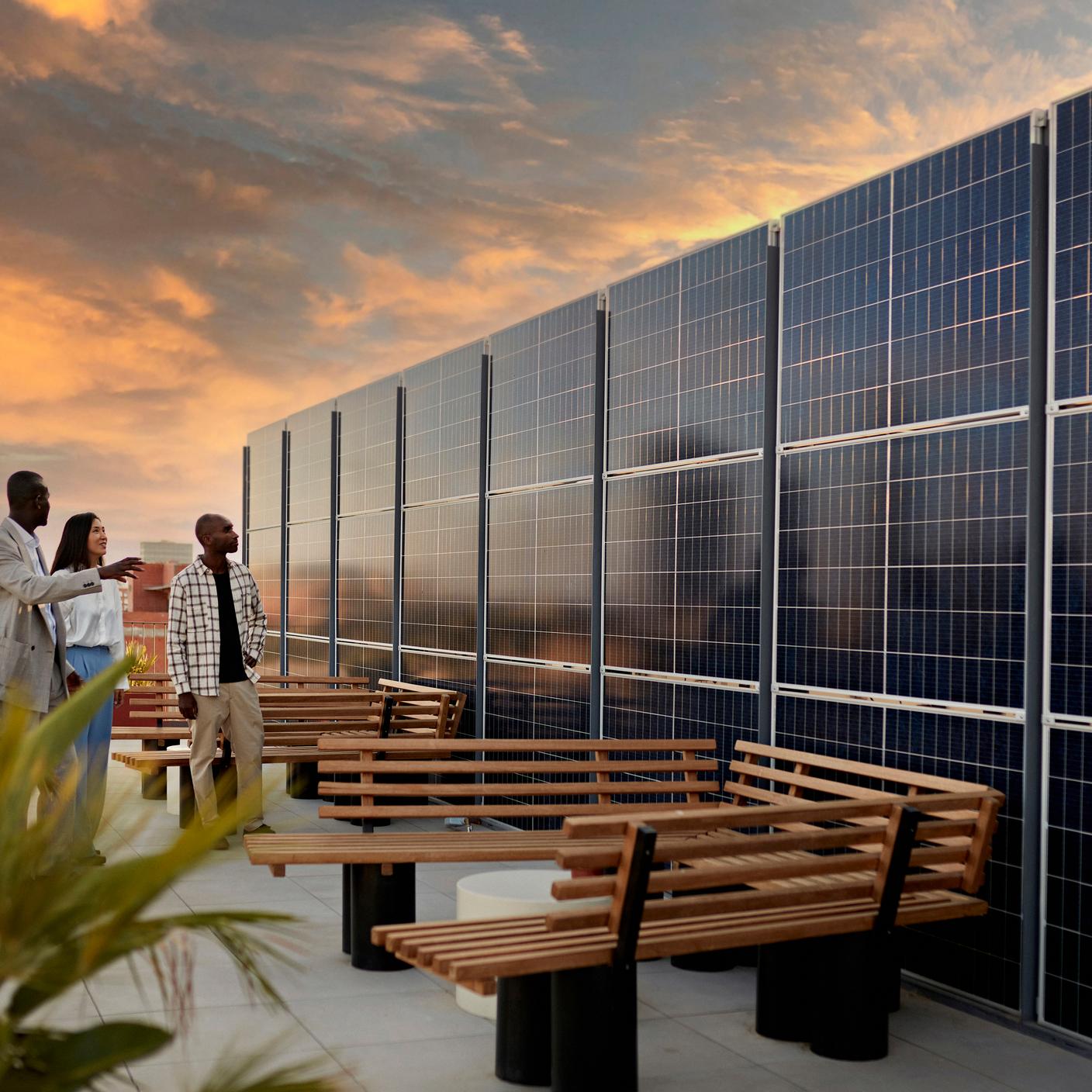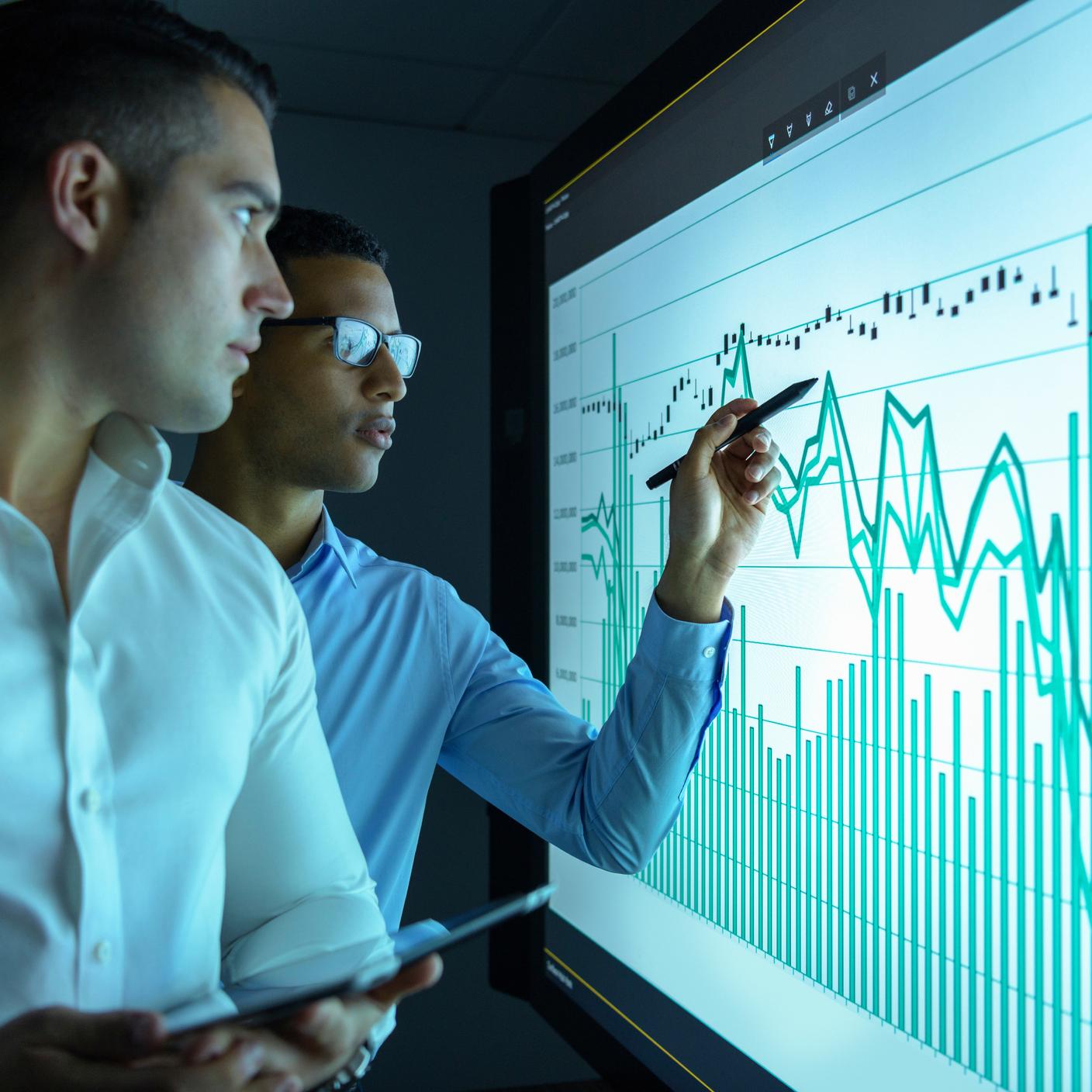Rethinking Global & Sustainable Energy Solutions in Pursuit of Net-Zero
Global energy storage is likely to transform as governments recognize its crucial role in achieving net-zero emissions, driving forward investments and innovations for a sustainable future. In this article, we explore how the market is developing across the globe.
In the UK we’re focusing on investing in grid storage, with private investors taking ownership of these assets instead of traditional utility companies. However, there is limited progress in developing assets on the customer's side, known as 'behind the meter' solutions.
On the other hand, Australia's approach differs significantly, with little emphasis on improving the grid itself. This is largely due to the high cost of energy for commercial businesses in Australia, prompting them to create their own distributed energy systems, essentially acting as mini power stations.
In the United States, California and the Northeast region have made significant strides in both grid and 'behind the meter' advancements. Meanwhile, Germany has a short-term secondary market focusing on grid solutions.
The path each country takes greatly depends on its specific policy environment. However, it is believed that in the next five to ten years, most countries will shift towards distributed energy systems and move away from centralized generation.
Decentralizing Power Generation
The increased availability of renewables, depending on weather conditions and daylight hours, results in energy supply volatility. However, energy storage acts as a countermeasure, storing surplus energy and supplying it during peak demand, effectively stabilizing energy prices.
This makes energy storage a key potential benefit in the race towards achieving net zero emissions.
Another major advantage of energy storage systems is their role in supporting the shift from centralized power generation to distributed networks. Currently, the UK's distributed generation stands at around 31%, and energy storage enables industries and consumers using distributed energy resources like solar panels to optimize locally generated energy.
By allowing energy storage systems to grow alongside the demand for renewable energy generation, we create a fertile ground for sustainable energy solutions to thrive, maximizing clean energy utilization.
From Solar Panels to Smart Storage
One-third of UK organizations have already adopted cost-effective solar panels to control their daytime energy consumption. It is considered one of the most cost-effective forms of renewable energy.
Taking it a step further, organizations have the chance to enhance their capacity through the implementation of a smart power station.
This advanced approach empowers users to autonomously manage grid purchases, storage, generation, and energy demand, fostering a seamless integration of solar technology with other distributable energy resources (DERs) like electric vehicle (EV) fleets.
The integration of DER technology within a smart systems framework may require a high level of expertise and skills, including machine learning and Artificial Intelligence (AI).
However, the rewards are substantial. An efficiently run system can gradually drive down the marginal costs of energy to zero. This strategic approach not only optimizes energy usage but also represents a pivotal step towards a more sustainable future for organizations.
The Standardization of Grid and Integrated Electrical Energy Storage
Scott McGregor, CEO of Birdwood Energy and Head of BSI Technical Committee for Electrical Energy Storage, oversees the standardization of grid and integrated electrical energy storage.
According to Scott, for energy storage and decentralized power generation to progress to the next phase, specific policies and regulations must be established.
“There is quite a bit that needs to happen here. Regulation needs to be freed up. Energy storage needs to be seen as an asset class that can be traded and owned in its own right, rather than being lumped in with generation. It needs to be made easier to connect energy storage to the grid because ultimately it will help the grid to function more efficiently and increase the use of renewables.
There are safety risks, but they can be mitigated and controlled through clear, commonly understood standards and procedures. The standard has to be flexible enough to say, ‘As long as that storage device interfaces with other parts in this way, which is safe and durable and follows a quality approach, it is ok’.”
Moreover, following clear standards can attract new investors. When the system is safe, durable, and certified, it builds confidence and encourages substantial investments in infrastructure, extending decentralized power to more businesses and areas.
Energy Storage is Gaining Momentum
Energy storage is experiencing growing momentum, driven by prominent projects in the United Kingdom (UK) and Australia. The UK's Smarter Network Storage (SNS) project in Leighton Buzzard and Australia's Victorian Big Battery project in Geelong have positioned both countries as leaders in the energy storage market.
However, it is worth noting that the current storage capacity remains relatively low in comparison to the overall demand.







